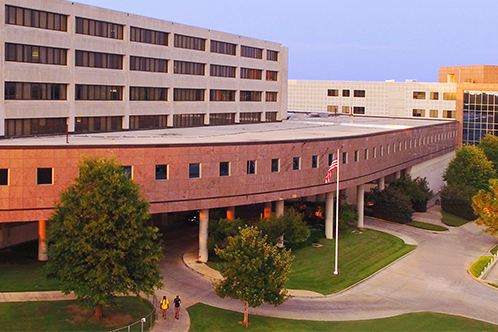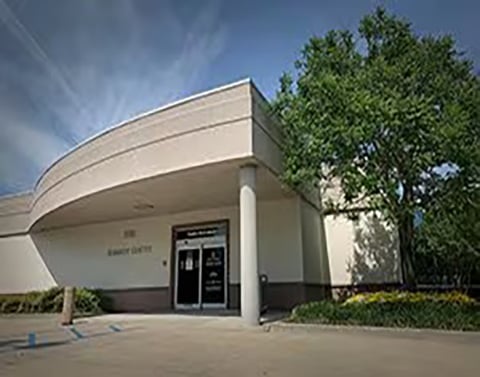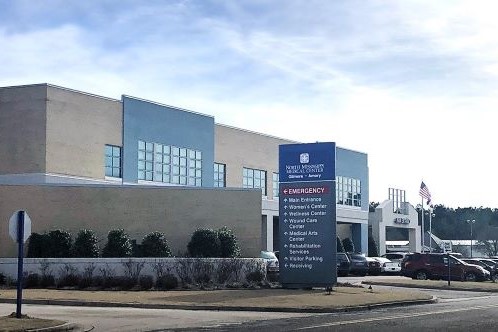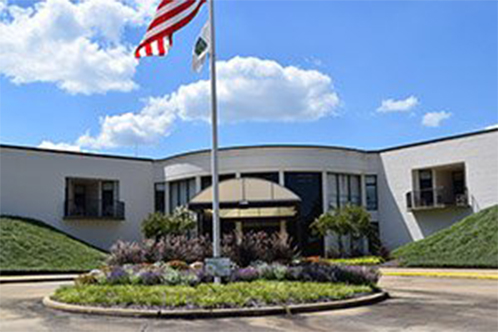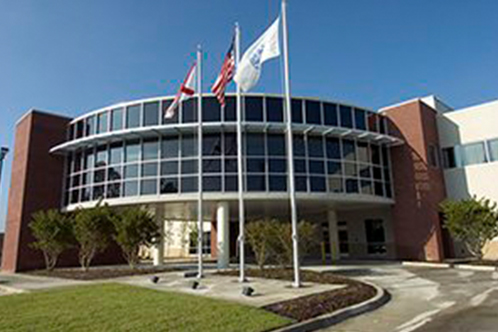- Medical Services
- Surgical Care
- Specialties & Services
- General Surgery

General Surgery
Our general surgeons perform a wide range of cases from minimally invasive procedures to complex operations, both planned and emergency.
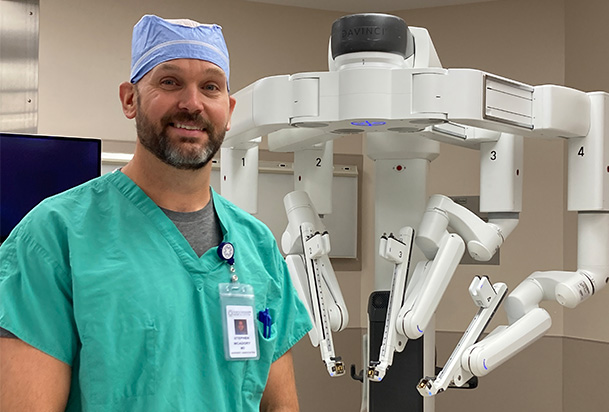
Cutting-Edge Technology & Expertise
Our highly skilled, experienced surgeons plus the most advanced technology available add up to one of the best surgery programs you’ll find anywhere.
Our general surgeons perform elective, scheduled and emergency procedures in Tupelo, Amory and West Point, Mississippi, and Hamilton, Alabama. Common general surgery cases include:
Appendicitis surgery
Breast surgery
Cancer surgery
Endocrine surgery
Gastrointestinal surgery
Gallbladder disease surgery
Hernia surgery
Trauma surgery
Related Locations
General Surgery Awards Carousel
Related Resources
View AllWhether your surgery is planned our unexpected, it’s a major life event. Whether you need a complex operation involving multiple specialties or a minor elective procedure, choose us for expert surgical care.
